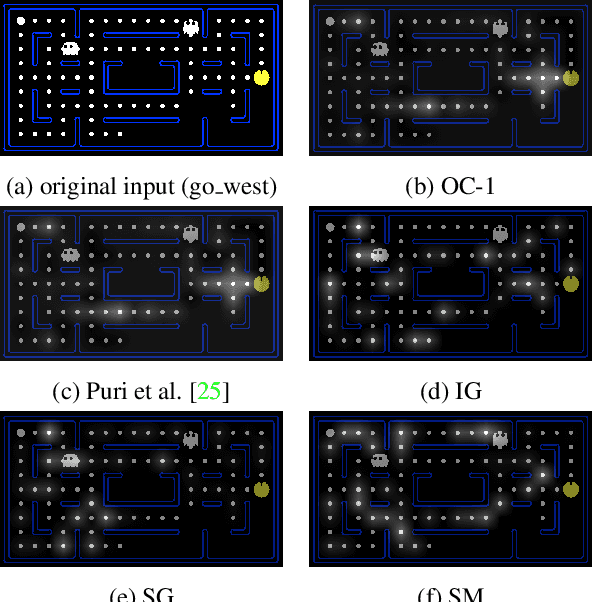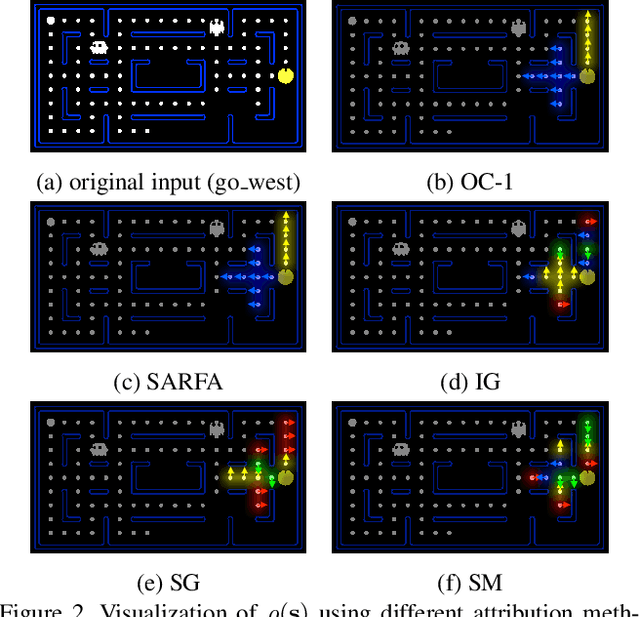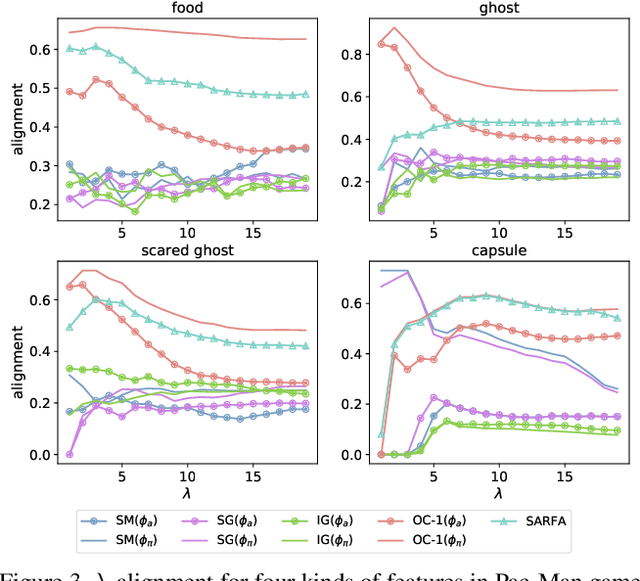Yucai Fan
GCN-SE: Attention as Explainability for Node Classification in Dynamic Graphs
Oct 11, 2021



Abstract:Graph Convolutional Networks (GCNs) are a popular method from graph representation learning that have proved effective for tasks like node classification tasks. Although typical GCN models focus on classifying nodes within a static graph, several recent variants propose node classification in dynamic graphs whose topologies and node attributes change over time, e.g., social networks with dynamic relationships, or literature citation networks with changing co-authorships. These works, however, do not fully address the challenge of flexibly assigning different importance to snapshots of the graph at different times, which depending on the graph dynamics may have more or less predictive power on the labels. We address this challenge by proposing a new method, GCN-SE, that attaches a set of learnable attention weights to graph snapshots at different times, inspired by Squeeze and Excitation Net (SE-Net). We show that GCN-SE outperforms previously proposed node classification methods on a variety of graph datasets. To verify the effectiveness of the attention weight in determining the importance of different graph snapshots, we adapt perturbation-based methods from the field of explainable machine learning to graphical settings and evaluate the correlation between the attention weights learned by GCN-SE and the importance of different snapshots over time. These experiments demonstrate that GCN-SE can in fact identify different snapshots' predictive power for dynamic node classification.
Towards Behavior-Level Explanation for Deep Reinforcement Learning
Sep 17, 2020



Abstract:While Deep Neural Networks (DNNs) are becoming the state-of-the-art for many tasks including reinforcement learning (RL), they are especially resistant to human scrutiny and understanding. Input attributions have been a foundational building block for DNN expalainabilty but face new challenges when applied to deep RL. We address the challenges with two novel techniques. We define a class of \emph{behaviour-level attributions} for explaining agent behaviour beyond input importance and interpret existing attribution methods on the behaviour level. We then introduce \emph{$\lambda$-alignment}, a metric for evaluating the performance of behaviour-level attributions methods in terms of whether they are indicative of the agent actions they are meant to explain. Our experiments on Atari games suggest that perturbation-based attribution methods are significantly more suitable to deep RL than alternatives from the perspective of this metric. We argue that our methods demonstrate the minimal set of considerations for adopting general DNN explanation technology to the unique aspects of reinforcement learning and hope the outlined direction can serve as a basis for future research on understanding Deep RL using attribution.
 Add to Chrome
Add to Chrome Add to Firefox
Add to Firefox Add to Edge
Add to Edge